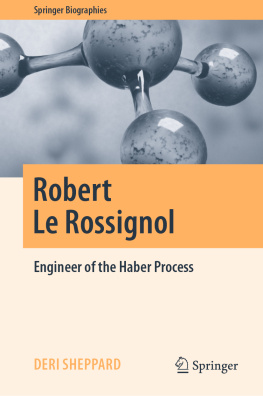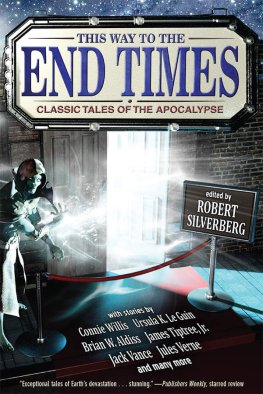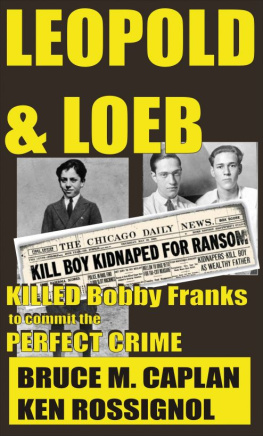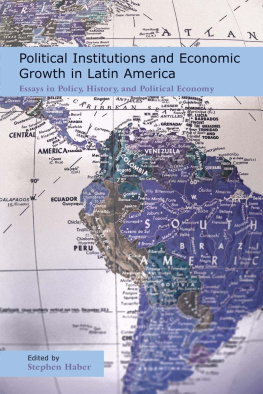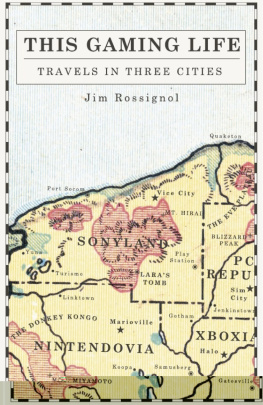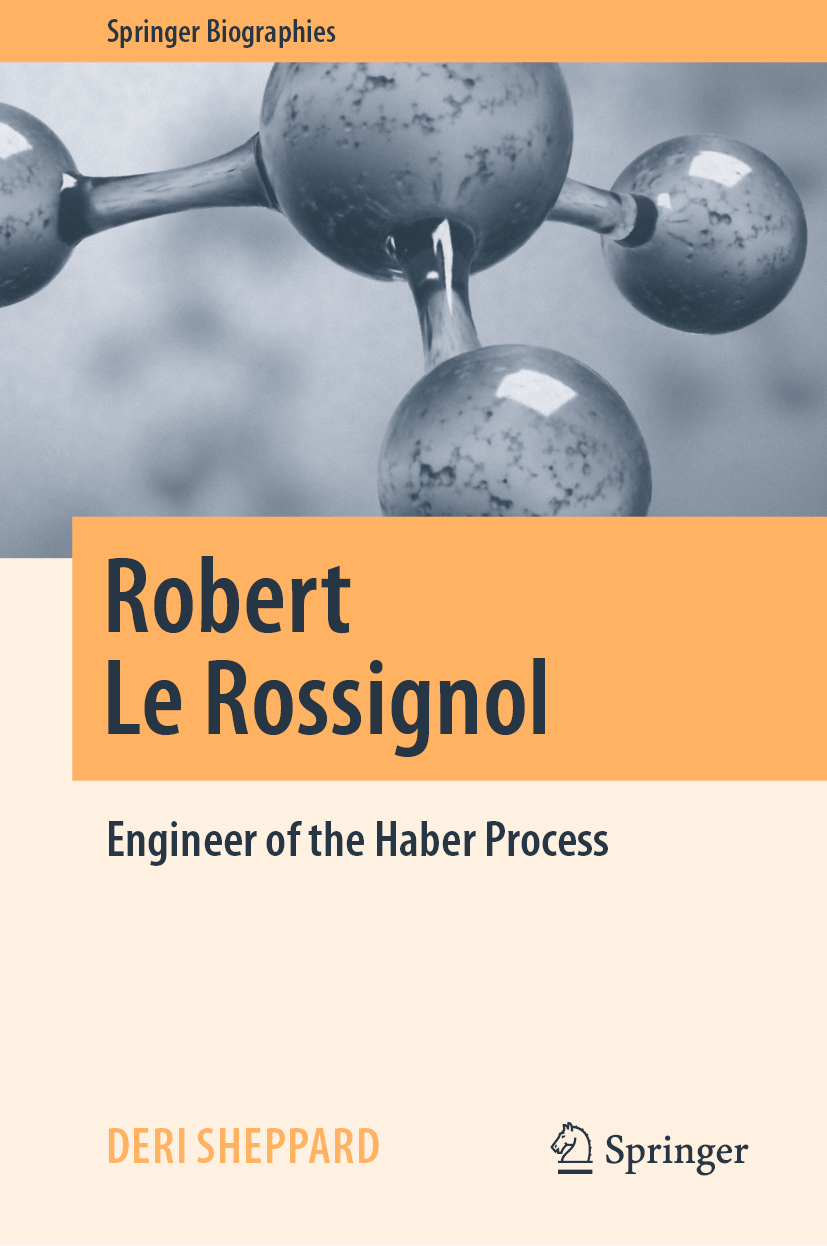Springer Biographies
The books published in the Springer Biographies tell of the life and work of scholars, innovators, and pioneers in all fields of learning and throughout the ages. Prominent scientists and philosophers will feature, but so too will lesser known personalities whose significant contributions deserve greater recognition and whose remarkable life stories will stir and motivate readers. Authored by historians and other academic writers, the volumes describe and analyse the main achievements of their subjects in manner accessible to nonspecialists, interweaving these with salient aspects of the protagonists personal lives. Autobiographies and memoirs also fall into the scope of the series.
More information about this series at http://www.springer.com/series/13617
Deri Sheppard
Robert Le Rossignol
Engineer of the Haber Process
Deri Sheppard
Cowbridge, Vale of Glamorgan, UK
ISSN 2365-0613 e-ISSN 2365-0621
Springer Biographies
ISBN 978-3-030-29713-8 e-ISBN 978-3-030-29714-5
https://doi.org/10.1007/978-3-030-29714-5
Springer Nature Switzerland AG 2020
This work is subject to copyright. All rights are reserved by the Publisher, whether the whole or part of the material is concerned, specifically the rights of translation, reprinting, reuse of illustrations, recitation, broadcasting, reproduction on microfilms or in any other physical way, and transmission or information storage and retrieval, electronic adaptation, computer software, or by similar or dissimilar methodology now known or hereafter developed.
The use of general descriptive names, registered names, trademarks, service marks, etc. in this publication does not imply, even in the absence of a specific statement, that such names are exempt from the relevant protective laws and regulations and therefore free for general use.
The publisher, the authors and the editors are safe to assume that the advice and information in this book are believed to be true and accurate at the date of publication. Neither the publisher nor the authors or the editors give a warranty, expressed or implied, with respect to the material contained herein or for any errors or omissions that may have been made. The publisher remains neutral with regard to jurisdictional claims in published maps and institutional affiliations.
This Springer imprint is published by the registered company Springer Nature Switzerland AG
The registered company address is: Gewerbestrasse 11, 6330 Cham, Switzerland
For my grandchildren,
Benjamin Fionn and Eiriol Gwenllian.
Gyda chariad, Tad-cu.
Preface
In the abstract to a recent paper for the Royal Society in London,this author described Le Rossignols long life in the following, matter-of-fact, terms.
In March 1908, the BASF at Ludwigshafen provided financial support to Fritz Haber in his attempt to synthesise ammonia from the elements. The process that now famously bears his name was demonstrated to BASF in July 1909. However, its engineer was Habers private assistant, Robert Le Rossignol, a young British chemist from the Channel Islands with whom Haber made a generous financial arrangement regarding subsequent royalties. Le Rossignol left Haber in August 1909 as BASF began the industrialisation of their process, and took a consultancy at the Osram works in Berlin. He was interned briefly during WWI before being released to resume his occupation. His position eventually led to His Majestys Government formulating a national policy regarding released British internees in Germany. After the war, Le Rossignol spent his professional life at the GEC laboratories in the UK, first making fundamental contributions to the development of high-power radio transmitting valves, then later developing smaller valves used as mobile power sources in the airborne radars of WWII. Through his share of Habers royalties, Le Rossignol became wealthy. In retirement, Le Rossignol and his wife gave their money away to charitable causes.
As befits an abstract, such a description only provides the outline of the paper, and although the body naturally continued to elaborate on many areas of Le Rossignols life, its focusLe Rossignol as engineermeant that many aspects of his humanity were left unexplored. This biography provides a first comprehensive contribution to the literature regarding Le Rossignol. His story is the missing link in the history of the discovery of nitrogen fixation, a history which has undoubtedly been dominated by Fritz Haber. The omission has long been recognised by historians, but in writing this book, I have found it impossible to decant Haber from Le Rossignols life, the two men were partners and friends, and so aspects of their lives are often interwoven throughout.
Written in three parts, Part I covers the years from 1884 to 1909 and contains eight chapters. The first two describe the early lives of the two men, drawing parallels and contrasts relevant to the development of their professional and personal friendshipsthe latter lasting almost 30 years. Another chapter explains Germanys commitment to, and her dependence upon, the nitrate trade, whose perceived demise at the time provided thereason dtrefor the creation of a fixation technology. Yet another chapter describes the qualifications, experiences and interests Le Rossignol gathered before travelling to Karlsruhe. These in turn provide some insight as to why he was so well regarded by Haber, and so well placed to provide a solution to the problem of fixation. The remaining four chapters are dedicated to the chemistry these men performed together, and the contracts Haber entered into with both BASF and Le Rossignol. With regard to the chemistry, I have re-visited their original papers of the period, and explained the work they performed together, revealing the boundaries between each mans contribution, so there can be no future misunderstanding of the division of work these men undertook in partnership. The last chapter of the four explains the engineering Le Rossignol performed at Karlsruhe and his subsequent move to Osram in Berlin. Part I contains much archive material never published before. Some of the chapters are technical but they are supported by Appendices explaining thermodynamic theory if readers are so inclined to understand the latter rather than simply accept it.
Part II covers the years from 1909 to 1918 and contains a further six chapters. The first four of these describe Le Rossignols move to Berlin and the nature of the work he did there. They continue with Habers arrival at the Kaiser Wilhelm Institute in Berlin in 1911, the industrialisation of Le Rossignols engineering by Carl Bosch, the patent wars between BASF and rival firms upon which Habers royalties depended, and the prelude to the First World War. These are relatively short chapters. The remaining chapters describe the wartime experiences of the two men, once again drawing attention to those aspects of Habers life that were to impinge upon Le Rossignol. For example, Habers membership of the Nitrate Commission and his support of BASFs ammonia synthesis that maximised his royalties, his involvement in gas warfare, a toxic brand that came to dominate his memory, the suicide of his wife Claraa parallel tragedy being suffered later by Le Rossignol where chemistry again played a partand the devastation of Europe laid firmly at the door of Germanys industrialisation of the Haber process. The final chapter describes Le Rossignols war, his internment and his release to Berlin, the work he did there during the war and the concerns of His Majestys Government in the UK regarding this work. The chapter concludes by discussing Le Rossignols financial arrangements with Haber, and the considerations of the Swedish Academy regarding the 1918 Nobel Prize for Chemistry.

